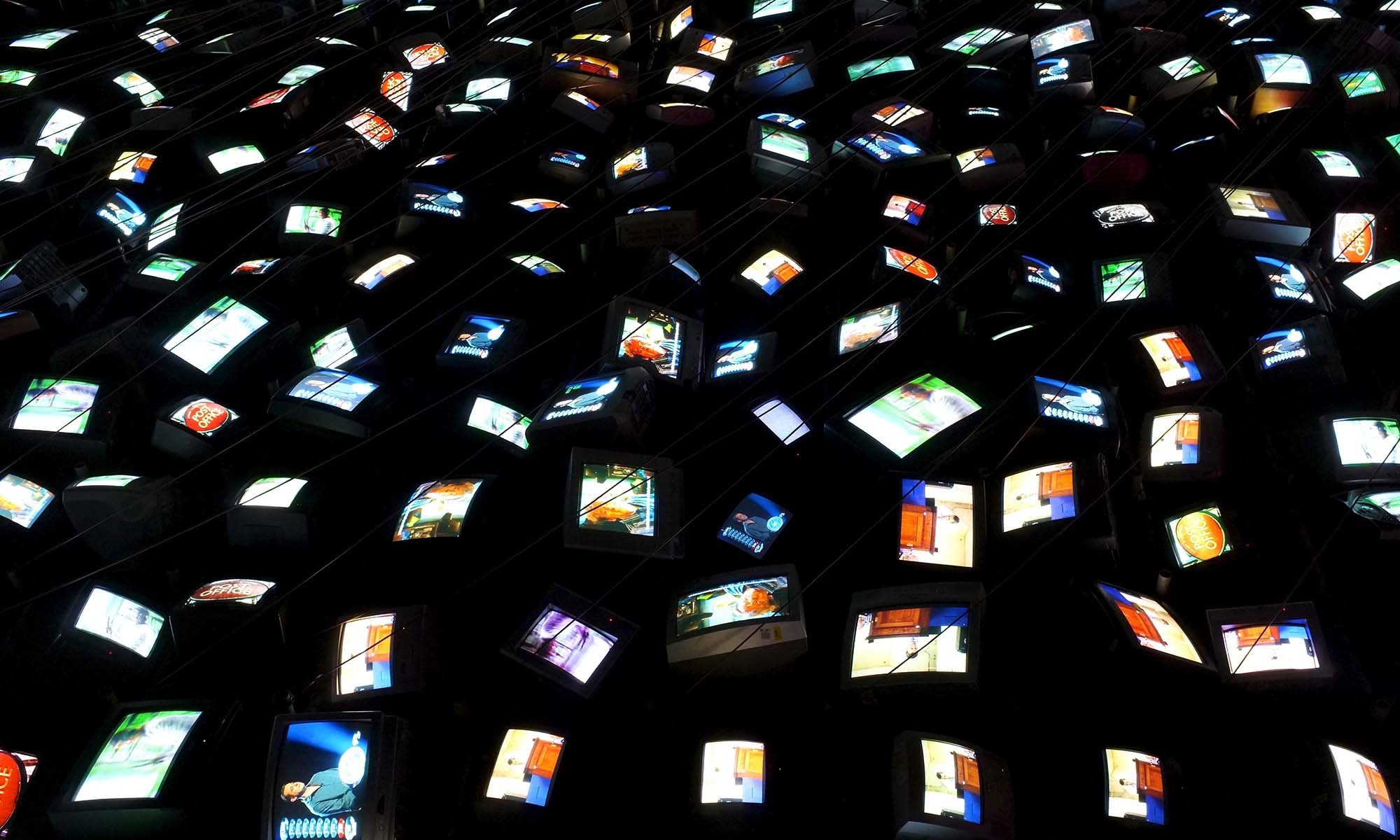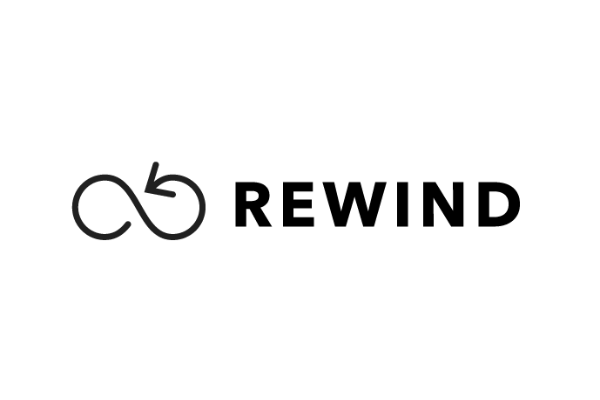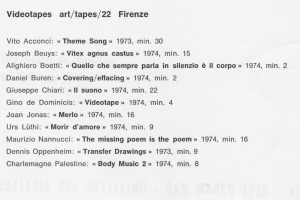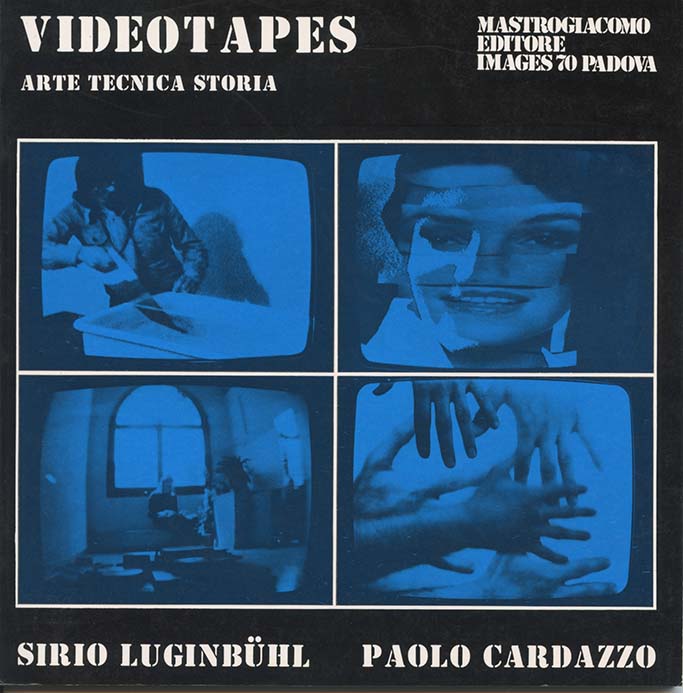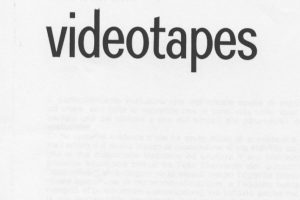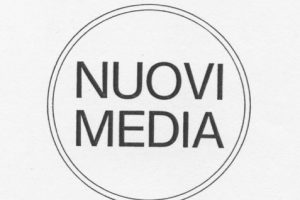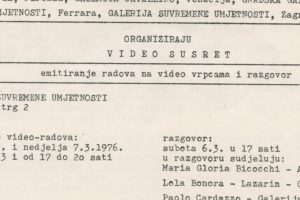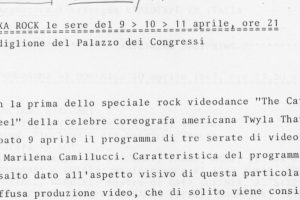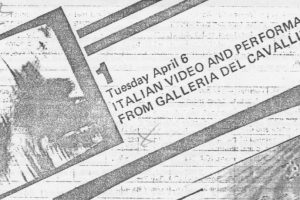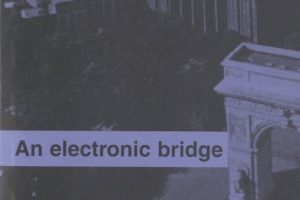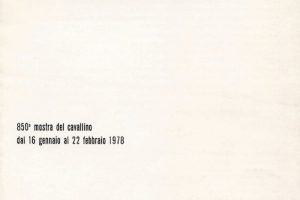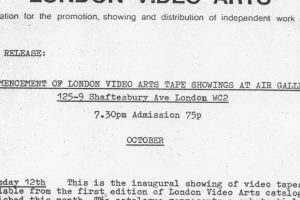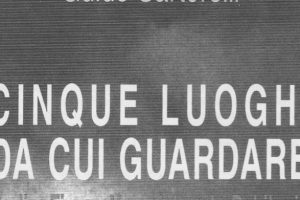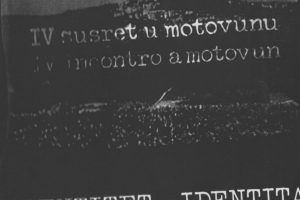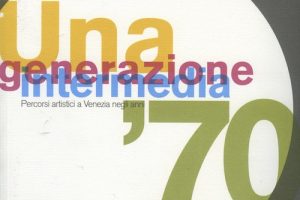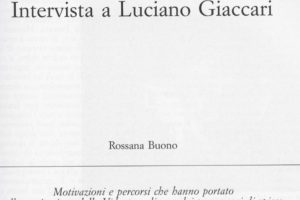Cardazzo, Paolo (Curator, film & video maker)
(Venice 1936 – 2011).
First-born son of Carlo Cardazzo (1908-1963), well-known collector, publisher and gallery owner. In 1966 (until 1987 with his sister Gabriella) he took over the direction of the Cavallino gallery (inaugurated by his father Carlo, in April 1942) which effectively ended its activity in 1994, the year in which the gallery was forced to leave the its headquarters in Frezzeria. Having moved to a building in Santa Maria Formosa (originally the gallery’s warehouse), the Cavallino still organized some sporadic exhibitions and in 2003 the 1040th exhibition was set up, which appears to be the last.
At the end of the 1960s, Paolo Cardazzo also took over Edizioni del Cavallino (which had started in 1935) and started new series such as: Books-Object (1969), Exhibition Catalogs (1988), Library of Design (1992) and Cinema, Television and Music (2007). As for the artistic promotion of the gallery, which continues to be the most important art gallery in Venice, there is constant attention to the great masters but also to new forms of art.
In particular, Paolo showed his willingness to offer the artists closest to him the opportunity to exhibit at the Cavallino and to participate in the various “cenacles” which were generally held in the evening, after the closing time of the gallery.
In the general crisis that hit the Venetian art scene in the seventies (crisis primarily of the Biennale and the Opera Bevilacqua La Masa) we see the artists turn their attention to more experimental languages (performances, photos, videos, installations) and consequently change also the role played by the gallery. During these years the Cavallino carries out an important action in promoting the new language of video-art.
Based on Paolo’s passion for this new form of artistic expression, the gallery becomes one of the most important centers in Italy for the production of video-art. At the same time, Paolo mainly starts collaborations with galleries and institutions in Trentino (in particular with the Argentario gallery by Ines Fedrizzi) and with important artists from the former Yugoslavia, many of whom, in fact, have either exhibited at the Cavallino gallery or have participated in the annual gatherings in Motovun (Istria) organized by the Venetian gallery and the modern art gallery in Zagreb.
(Giovanni Bianchi)
-
Interview of Paolo Cardazzo by Stephen Partridge & Deirdre Mackenna
-
Videography:
1974
Da zero a zero, in collaboration with Peggy Stuffy, b/w, 7′ 26”, sound, produced by Galleria del Cavallino, Venice1978
Alcune differenze, in collaboration with Peggy Stuffy, b/w, 6′ 30”, sound, produced by Galleria del Cavallino, Venice
La marcia del tempo, in collaboration with Peggy Stuffy, b/w, 11′ 45”, sound, produced by Galleria del Cavallino, Venice1979
Berenice, in collaboration with Peggy Stuffy, b/w, 1′ 40”, sound, produced by Galleria del Cavallino, Venice -
External Links:
-
Artist works:
-
Artist assets:
